Conolly's Folly
Obelisks and stone pineapples in the Irish countryside.
Conolly’s Folly, located in County Kildare, Ireland, is unique for a variety of reasons. It is not every day that you come across a large stone structure of no particular religious association comprised of interlocking arches and obelisks in the green Irish countryside.
What’s more, the Folly’s physical characteristics are not the only ingredient that makes it unique. It was constructed in 1740 at the height of the Irish famine of 1740-1741. It was built so that the local farmers might make some money working on its construction and not starve. In this way, it is a centuries-old precursor to some of the projects of Roosevelt’s New Deal.
Katherine Conolly commissioned the structure. Conolly was the widow of William Conolly, who had been a prominent member of the Irish House of Commons and died the richest man in Ireland. The arches and obelisks are decorated with stone eagles and pineapples, and the central obelisk reaches a height of 140 feet.
Conolly’s Folly stands on the grounds of Castletown House. One of the largest and most imposing private homes in all of Ireland, it was built for William Conolly and was where his widow lived after his death in 1729. Saved from demolition in the 1960s by Desmond Guinness, the house has been restored, and parts are now open to the public.
These days, both the house and Folly itself are part of the Irish Georgian Society, which looks after historical landmarks in Ireland. It is currently being restored through the Office of Public Works, as over the years it has fallen into disrepair.
Know Before You Go
Located on the Castletown Estate outside of Celbridge
Community Contributors
Added by
Edited by
The Atlas Obscura Podcast is Back!





















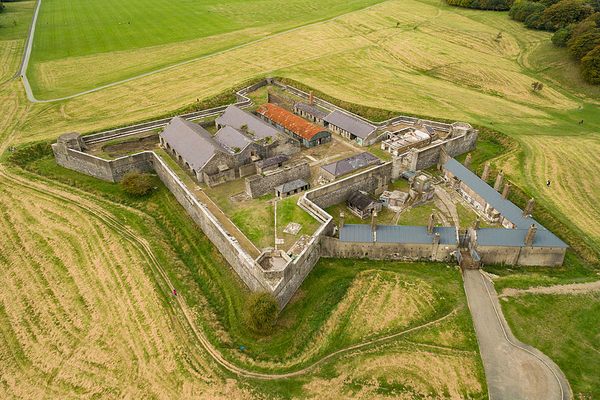
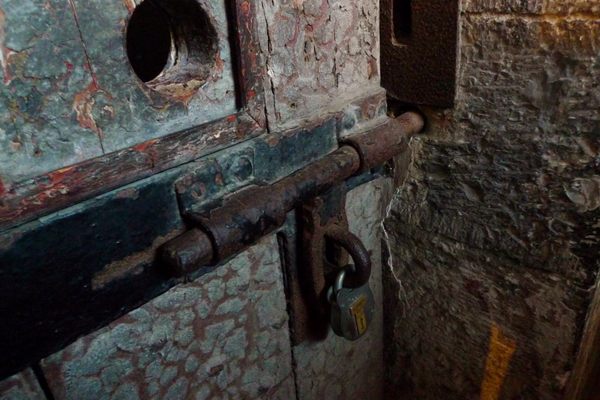
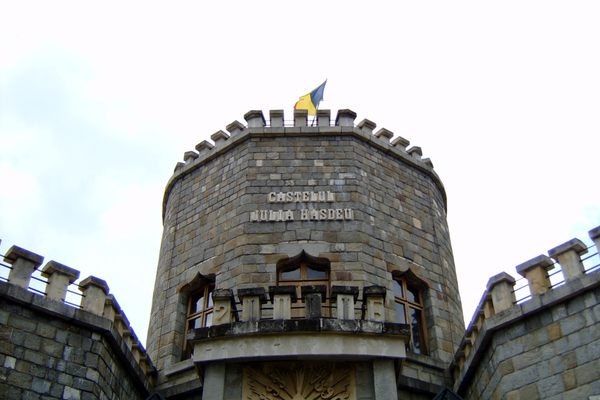
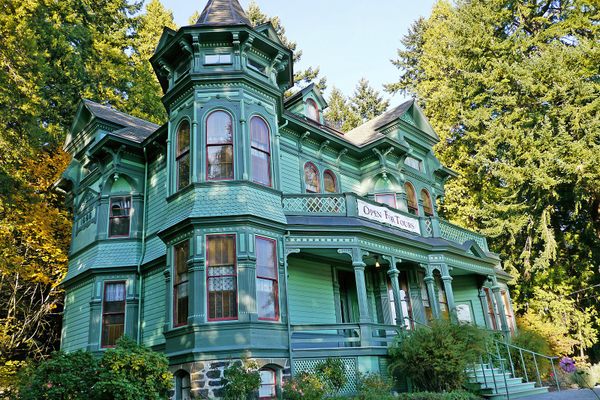
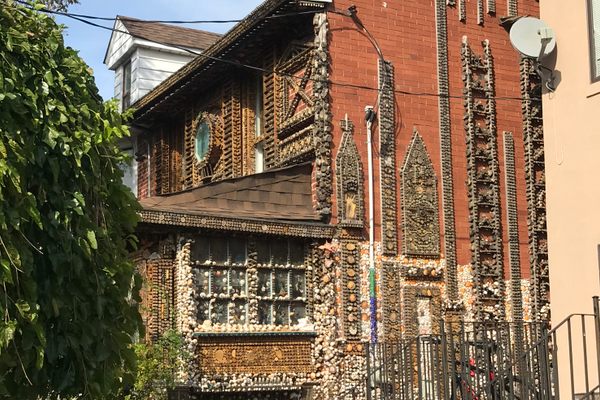
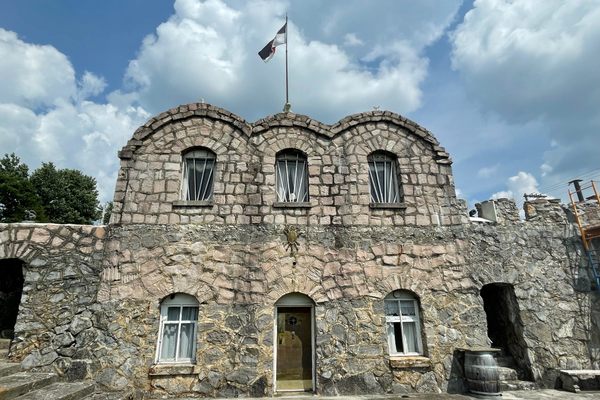

Follow us on Twitter to get the latest on the world's hidden wonders.
Like us on Facebook to get the latest on the world's hidden wonders.
Follow us on Twitter Like us on Facebook